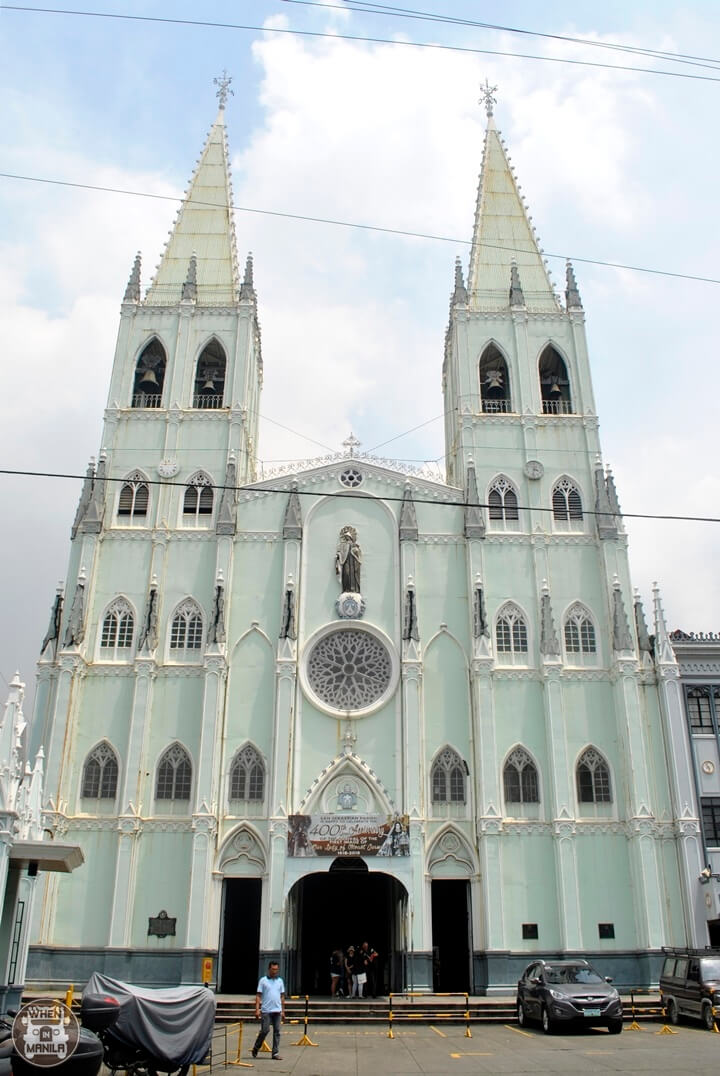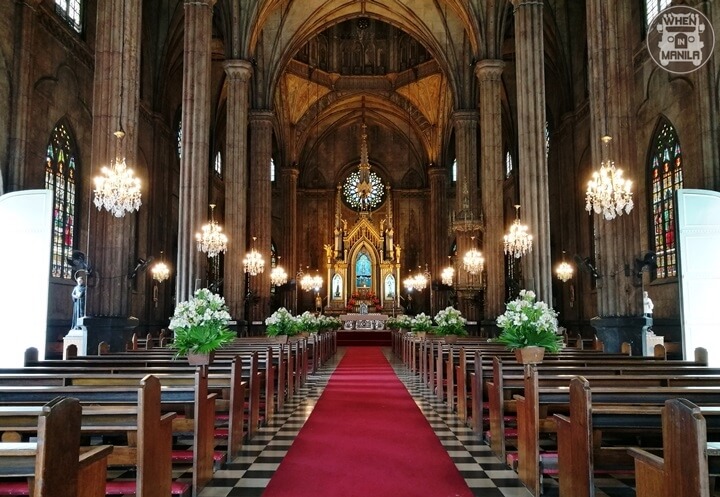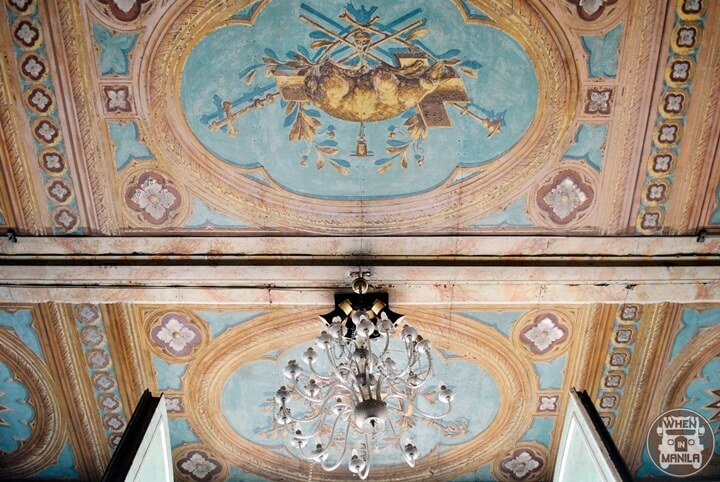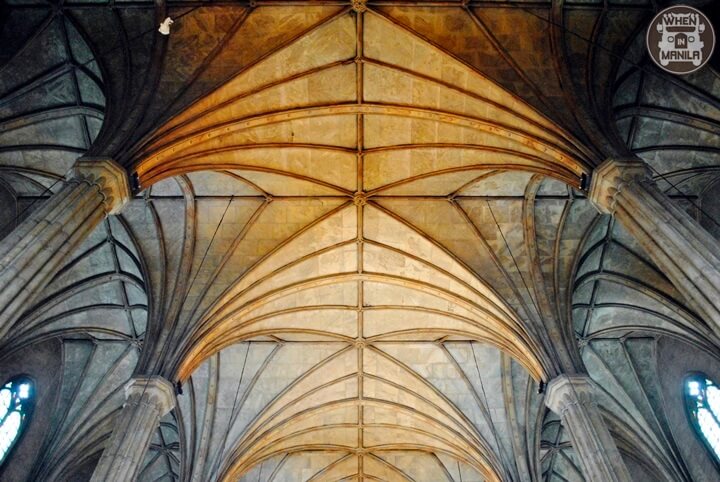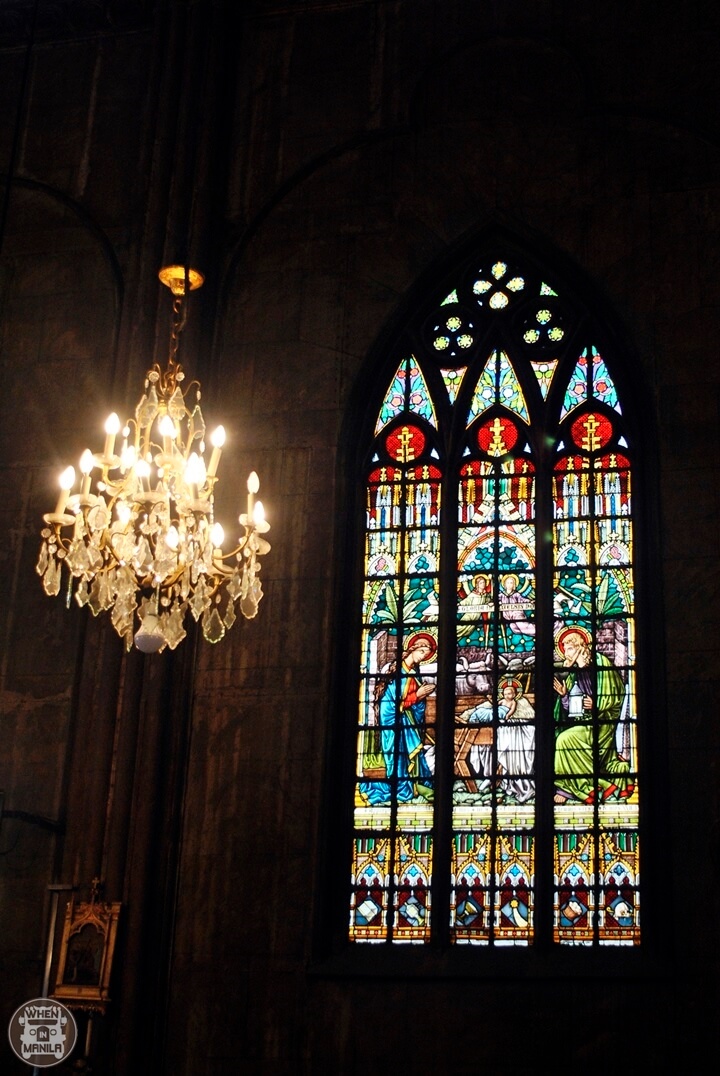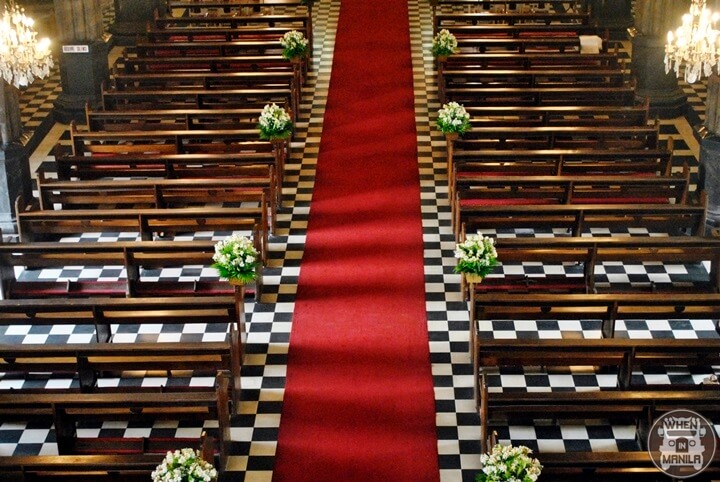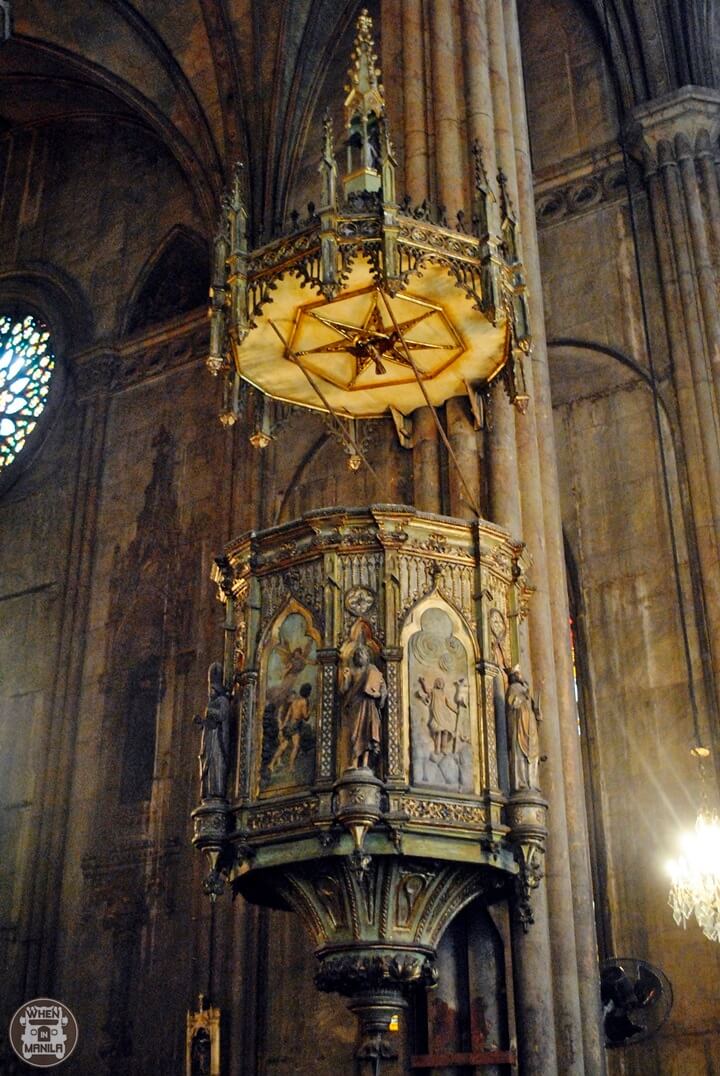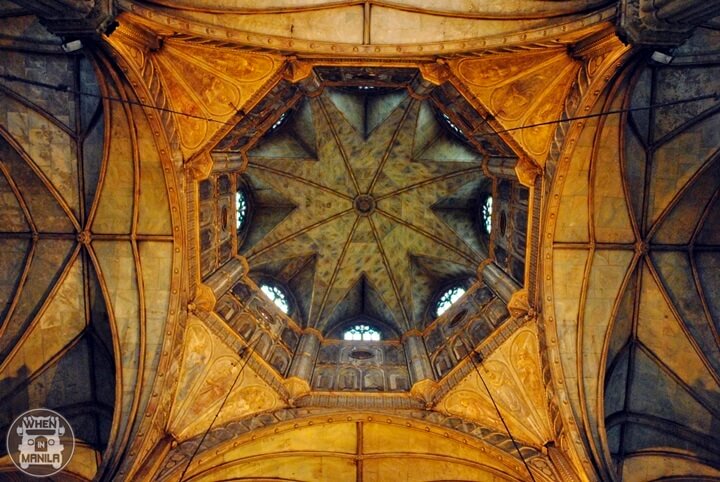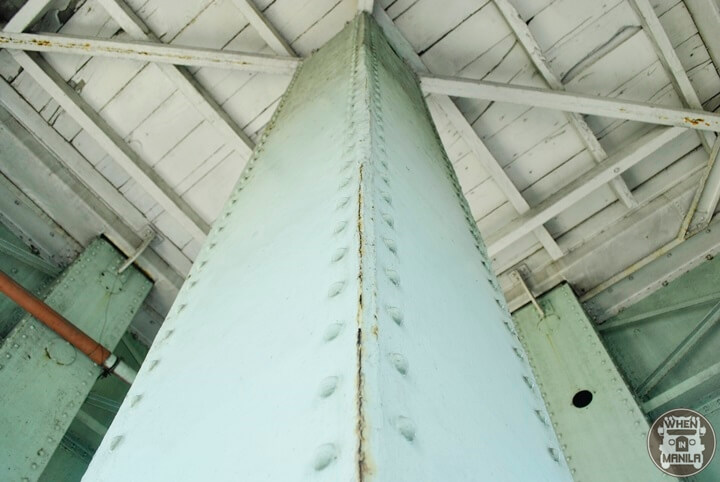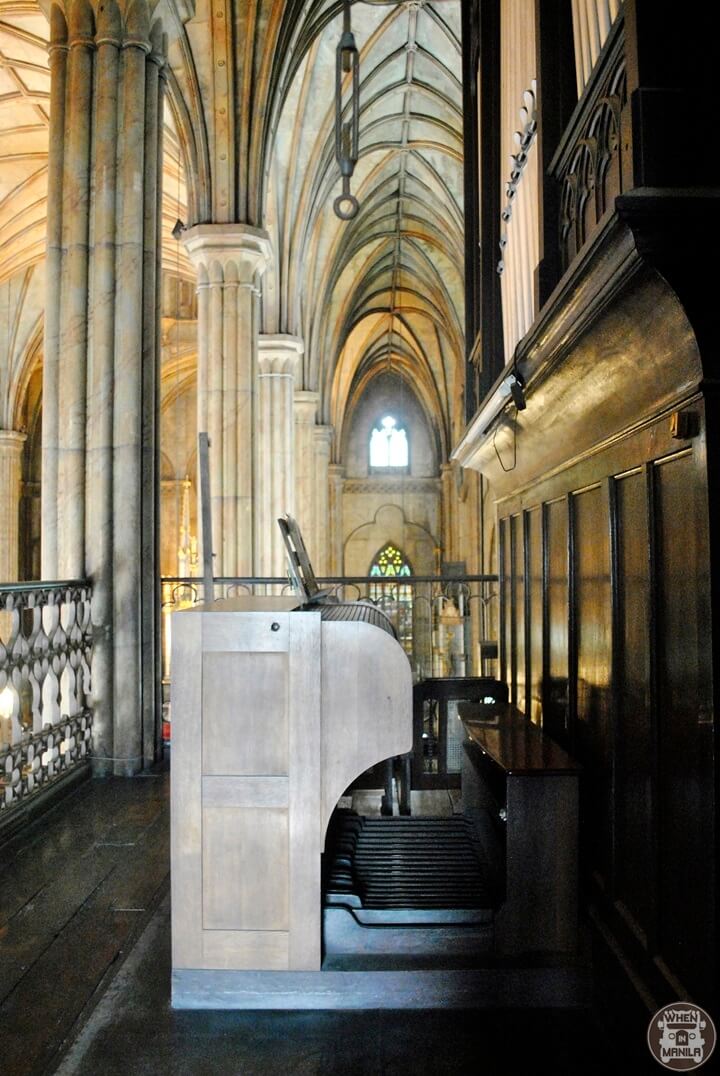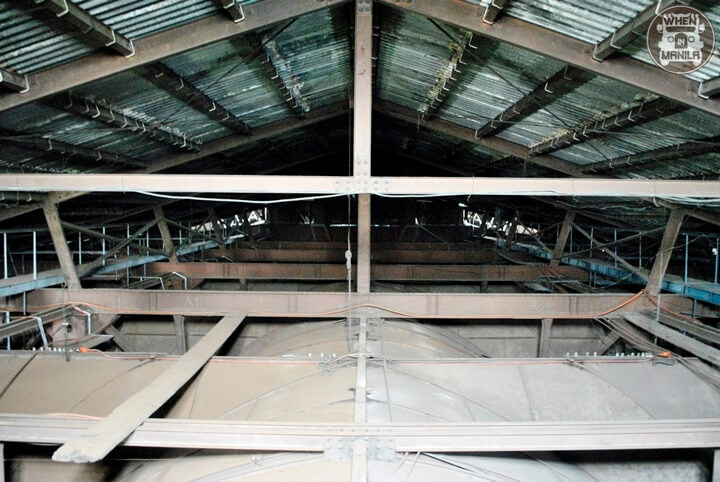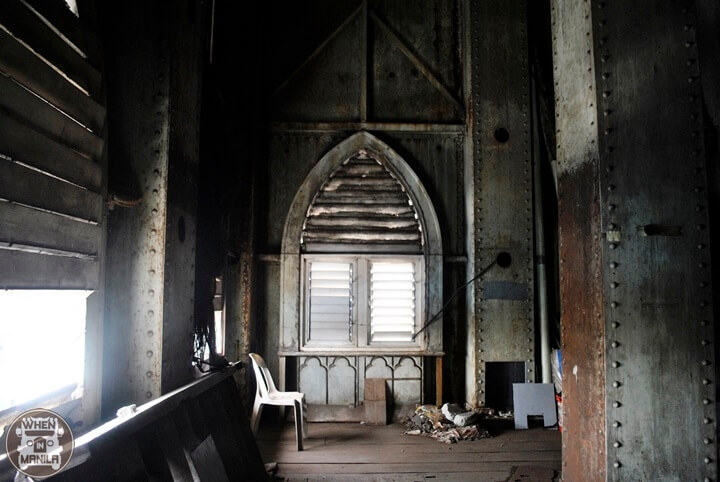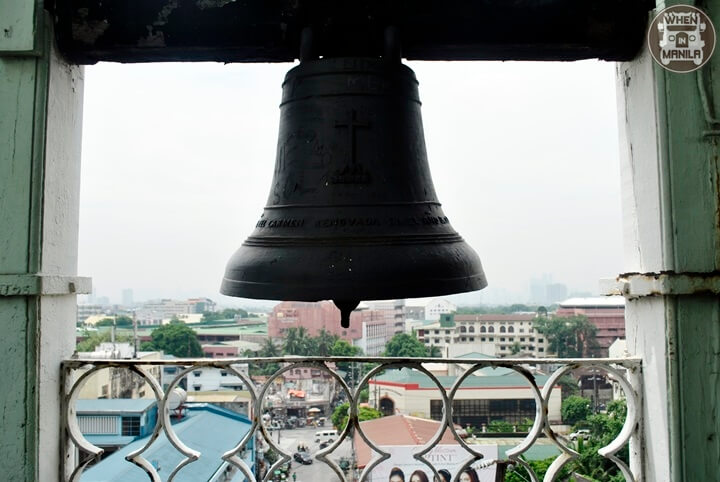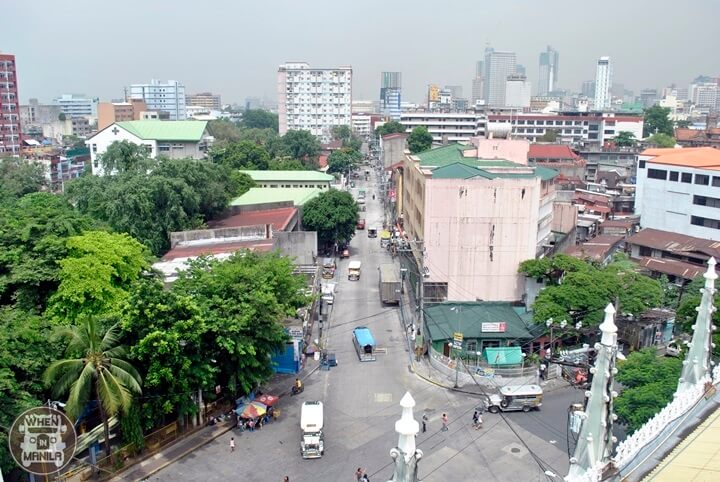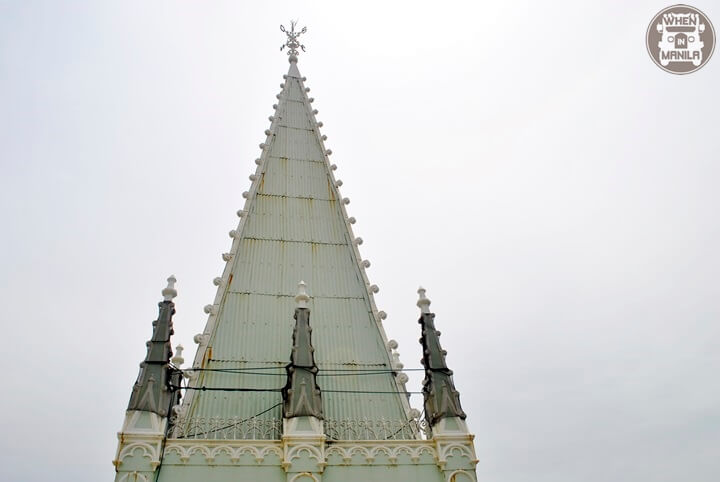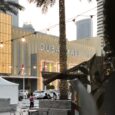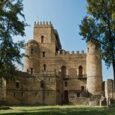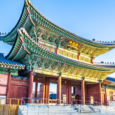I first heard about the Basílica Menor de San Sebastián, more commonly known as San Sebastian Church, when I was in grade school. My mother and I were on a jeepney bound for Quiapo one Sunday afternoon. Since she knew how unfamiliar I was with the city, she tried to give me a mini Manila tour.
“There,” she said, “is San Sebastian Church”. She pointed to the direction of San Sebastian Recoletos.
I only saw the entire façade of the church in photographs a couple of days after, though. But when I did, I finally understood what my mother was talking about. Keywords such as “fabricated metal” and “gothic revival” sounded good and impressive enough to me, even though I did not really understand what they meant. It was only in high school when I fully grasped how special this architectural masterpiece truly is.
PHOTOS: This Guy Tries to Find Himself But Finds the Beauty of Quiapo Instead
But what about the interior of the church? What could be inside this peculiarly colored architectural marvel standing tall and proud at the heart of Manila? I was clueless, until I joined the guided tour offered at the San Sebastian Basilica.
The tour began at exactly 10:00 AM. Ysabel, our tour facilitator, met me and the other participants at the main entrance of the basilica, where she began by giving us an overview of the tour. We also had a short Q and A on what we already knew about San Sebastian Church.
After that, we entered the church and were greeted by its majestic pillars, ceilings, and the chandeliers that were lit that time. The floor and its tiles’ details were pretty noticeable, and the altar, although still far from where we stood, did not fail to get my attention. If San Sebastian were a person, it would be someone who’s really beautiful inside and out.
One of my biggest fears, whenever joining guided tours, is experiencing information overload. Who wants to be bothered with so many facts and figures while struggling to focus on the beauty of the place that’s being explored, right? Luckily, the tour was far from that.
Instead of dropping random trivia and numbers I’m sure I could not remember anyway, Ysabel told us a narrative that unfolded as we went further into the church. It was like going on a date with a stranger who likes telling their life story through anecdotes, occasionally peppered with numerical figures and dates.
Like a human being, San Sebastian Basilica had its own intricacies, too. The church itself had a very complicated identity. With its prefabricated metal pieces from a Belgian company, stained glass windows from a German studio, floor tiles made by a Chinese artisan in Binondo, and wall and ceiling paintings by the students of Academia de Dibujo, Pintura y Arte, it could be considered as a collage of different cultures.
We were also told how strange it was for the church to have such interiors, despite having a facade that was screaming of industrial revolution. Why conceal the “metal-ness” of the structure on the inside?
Later on, we learned that this decision was rooted in the stone’s interesting link to Christianity. Besides the fact that many Catholic churches were made of stone, stone also symbolized early or Medieval Christians. They were like spiritual edifices to be cut, shaped, and hewn into appropriate members of the church.
Also part of these intricacies were some pressing problems that the basilica had been faced with.
The all-steel building we currently have is already the fifth church. The first one, which was built of masonry on land donated by Mt. Carmel devotees in 1621, fell due to an earthquake. The second, third, and fourth versions of it had the same fate; they did not survive unforgiving earthquakes.
In 1881, Engr. Genaro Palacios designed an all-metal structure that would not easily succumb to the brutal forces of nature. Five years after, the project was awarded to a Belgian contractor called Societe Anonyme de Travaux Publics. Intensive labor followed. It involved fabrication of metal parts in Belgium, shipping them to Manila in several batches, and assembling these prefabricated pieces after the final shipment. The structure was inaugurated in 1891.
Things seemed great and even revolutionary. But it seemed that Palacios did not realize how much rain the structure would have to endure, given the climate in the country. The prefabricated parts’ edges weren’t covered, meaning they were not protected from heavy rains.
Years would pass and this design flaw would put the basilica in trouble. The unprotected edges would let water into the structure, allowing it to freely travel in the church’s hollow walls, columns, and foundations later on. This would cause the formation of rust that would, gradually, weaken the prized basilica.
The conservation team has been busy examining the structure to determine the severity of the damage and eventually find out what could be done to salvage the structure. One of the things they did was perform a “columnoscopy”, through which that they found out how much water was in the columns, particularly at the bottom part.
Water could still freely travel within the church’s hollow walls and columns, therefore increasing the possibility of more damage. And unlike other metal structures, the conservation team could not simply scrape the paint off the church and apply layers of protective paint, especially on its ceilings and walls, for they all had artworks that should be preserved to retain the character of the church. Of course, fixing all these would mean a lot of expenses.
Near the choir loft and the organ is a winding staircase made of metal. This led to the attic, then to what seemed like part of the basilica’s skeleton. Unlike the metal bars from downstairs, these were not concealed at all.
It was not very sunny that day but it was so hot, apparently due to the all-metal makeup of the structure. In fact, intense heat was an issue in the entire basilica. Unfortunately, air-conditioning is not a clear option yet, for experts feared that it would simply help speed up the spread of rust throughout the structure.
We climbed two more staircases until we reached the bell tower, from which we could get a better view of how terrible the rust problem already is. In fact, as I stood on the side facing the other bell tower, I could clearly see rust on the edges. I also noticed that parts of it were netted for protection.
The tour officially ended a couple of minutes after. We carefully descended the series of metal staircases and walked back to the main entrance, where the tour began earlier that morning.
*
Want to help save San Sebastian Basilica?
Donations may be made through:
San Sebastian Basilica Conservation and Development Foundation, Inc.
Bank: BPI legarda branch,
Checking account number: 2261-0003-02
You may also help fund its restoration by booking a tour. Prices start at P80 per head for students (up to the undergraduate level). Special discounts are given to senior citizens year round, while teachers with school IDs may book for free. Kindly check the San Sebastian Basilica Conservation and Development Foundation, Inc. to see tour details. For inquiries and reservations, you may also get in touch with the team through the contact details provided below.
San Sebastian Basilica Conservation and Development Foundation, Inc.
Address: St. Ezequiel Hall, San Sebastian Basilica Convent, Plaza del Carmen, Quiapo, Manila
Phone: +(632) 7085122
E-mail: savesansebastian.org@gmail.com
Facebook Page: www.facebook.com/savessbasilica/

